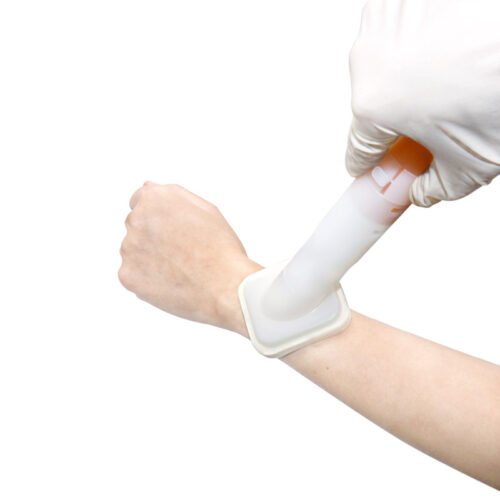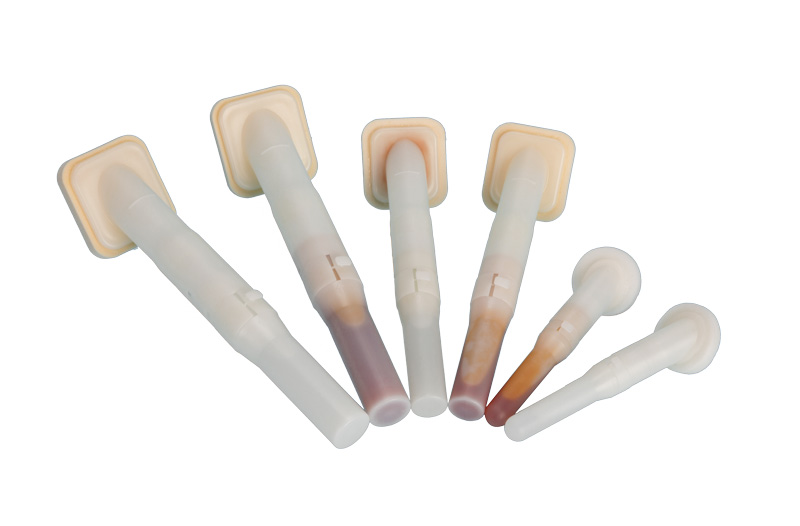In the world of healthcare, maintaining proper hygiene and preventing the spread of infections are paramount. One tool that has revolutionized the way healthcare professionals approach this is the chlorhexidine gluconate applicator. This remarkable device offers a convenient and effective method for applying chlorhexidine gluconate, a powerful antiseptic, to combat infections in various medical settings. In this blog post, we will delve into the benefits, applications, and best practices associated with the chlorhexidine gluconate applicator.

1. Understanding Chlorhexidine Gluconate
Chlorhexidine gluconate is a broad-spectrum antiseptic renowned for its ability to kill a wide range of microorganisms, including bacteria, viruses, and fungi. It is commonly used to prevent infections in surgical procedures, central line insertions, and catheter care. The chlorhexidine gluconate applicator simplifies the process of applying this antiseptic, making it more efficient and user-friendly.
 MEIDIKE GENE Chlorhexidine Gluconate Applicator
MEIDIKE GENE Chlorhexidine Gluconate Applicator
2. Benefits of the Chlorhexidine Gluconate Applicator
a. Ease of Use: The applicator is designed to be user-friendly, allowing healthcare professionals to apply the antiseptic with precision and minimal effort.
b. Reduced Contamination Risk: With a single-use design, the applicator minimizes the risk of cross-contamination between patients, ensuring optimal infection prevention.
c. Consistent Application: The applicator delivers a consistent amount of chlorhexidine gluconate, ensuring uniform coverage and maximum effectiveness.
d. Time Efficiency: The applicator saves time by eliminating the need for additional tools or cotton swabs, streamlining the application process.
3. Applications of the Chlorhexidine Gluconate Applicator
a. Preoperative Skin Preparation: The applicator is widely used to prepare the skin before surgery, reducing the risk of surgical site infections.
b. Central Line Insertion: Healthcare professionals utilize the applicator to disinfect the skin surrounding the insertion site, preventing catheter-related bloodstream infections.
c. Catheter Care: The applicator simplifies the process of cleaning and disinfecting catheter insertion sites, reducing the risk of urinary tract infections.
4. Best Practices for Using the Chlorhexidine Gluconate Applicator
a. Follow Manufacturer’s Instructions: It is crucial to carefully read and adhere to the instructions provided by the manufacturer to ensure proper usage.
b. Maintain Aseptic Technique: Healthcare professionals should practice strict aseptic technique to prevent contamination during the application process.
c. Allow Sufficient Drying Time: It is essential to allow the chlorhexidine gluconate to dry completely before proceeding with any medical procedure to maximize its effectiveness.
d. Dispose of Applicators Properly: Single-use applicators should be disposed of in designated biohazard waste containers to prevent any potential spread of infection.
Conclusion
The chlorhexidine gluconate applicator is a game-changer in healthcare, simplifying the application of this powerful antiseptic and enhancing infection prevention practices. Its ease of use, reduced contamination risk, and time efficiency make it an invaluable tool for healthcare professionals across various medical settings. By following best practices, healthcare providers can harness the full potential of this versatile applicator, ensuring optimal patient care and safety.


















